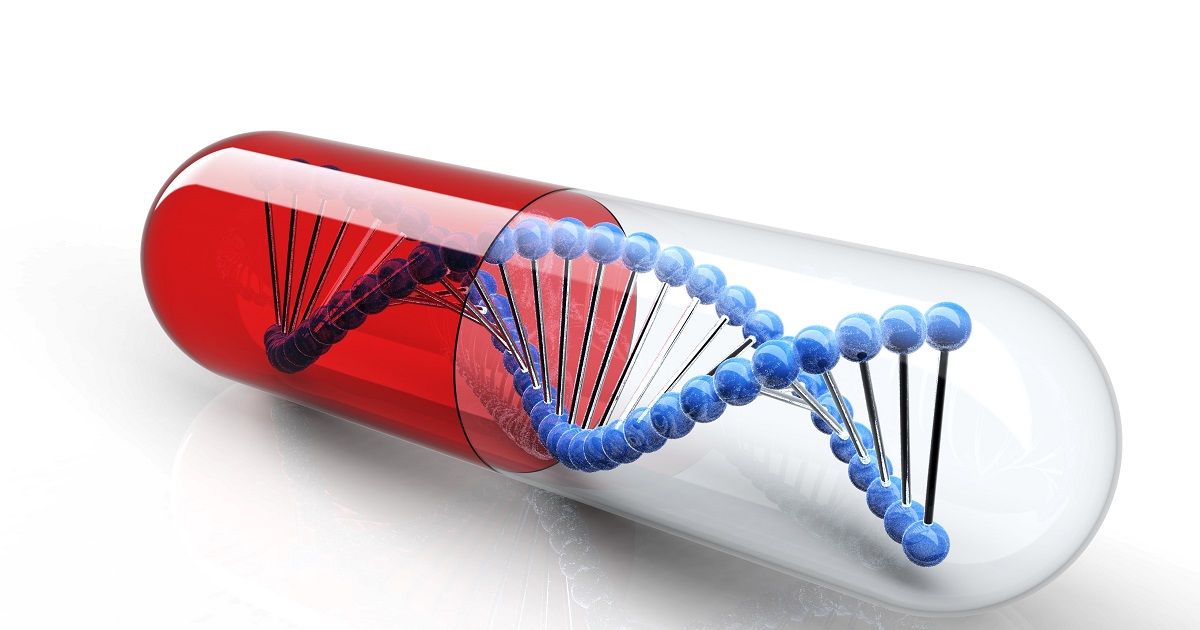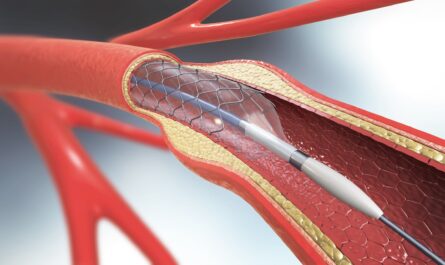Gene Therapies for Neurodegenerative Disorders
Neurodegenerative disorders like Alzheimer’s disease and Parkinson’s disease result from the progressive degeneration of neurons in the brain. Gene therapies aim to supplement the function of genes responsible for these disorders.
Alzheimer’s disease is characterized by the buildup of amyloid beta plaque and tau tangles in the brain, resulting in synaptic dysfunction and neuronal death. Researchers are developing gene therapies to deliver genes encoding antibodies against amyloid beta and tau, which can help clear these toxic proteins from the brain. Phase 1 and 2 clinical trials of anti-amyloid and anti-tau gene therapies have shown signs of reduced amyloid and tau levels with no serious adverse effects.
In Parkinson’s disease, dopamine-producing neurons in the substantia nigra gradually degenerate. Gene and Cell Therapies Targeting CNS Disorders aim to deliver genes encoding enzymes involved in dopamine synthesis like TH, AADC, GCH1. Other approaches supplement genes encoding growth factors like neurturin and GDNF that protect dopaminergic neurons. Clinical trials of AAV gene therapies delivering TH, AADC and neurturin have found them to be safe and shown improvement in motor functions in some patients.
Huntington’s disease results from a mutated huntingtin gene which causes neuronal dysfunction and death in the striatum. Researchers are developing AAV gene therapies to deliver RNA interference molecules like siRNA, miRNA targeting the mutant huntingtin mRNA to reduce its levels in the brain. Phase 1/2 clinical trials of anti-huntingtin gene therapy have shown signs of safety and efficacy.
Gene Therapies for Neurodevelopmental Disorders
Some neurodevelopmental disorders like Rett syndrome, Fragile X syndrome, Spinal muscular atrophy result from genetic mutations and present during early childhood with intellectual disability and behavioral issues.
Rett syndrome, a leading cause of intellectual disability in girls, is caused by mutations in the MECP2 gene. Researchers are developing gene replacement therapies to deliver a healthy copy of MECP2 gene using AAV vectors. Phase 1/2 clinical trials in Rett syndrome patients showed the therapy was well-tolerated with stabilization of symptoms in some patients over 1-3 years.
Fragile X syndrome, the most common inherited form of intellectual disability and autism, results from mutations in the FMR1 gene. Gene therapy approaches aim to restore FMR1 gene function by delivering its coding sequence or targeting upstream elements like miRNAs. Preclinical research demonstrates improved symptoms, but human trials are yet to commence.
Spinal muscular atrophy (SMA) is caused by a genetic defect affecting the SMN1 gene resulting in loss of motor neurons and progressive muscle weakness. Early clinical trials of SMN1 gene replacement therapy have shown tremendous promise for SMA patients.
Cell Therapies for Neurological Disorders
While gene therapies aim to supplement functional Gene and Cell Therapies Targeting CNS Disorders , cell therapies transplant live healthy cells in the CNS to replace diseased or dead cells.
Mesenchymal stem cells secrete neurotrophic factors and immunosuppressive molecules with neuroprotective and neuroregenerative properties. Clinical trials of mesenchymal stem cell transplantation have shown safety and benefits in conditions like stroke, spinal cord injury,amyotrophic lateral sclerosis and multiple sclerosis.
Neural stem/progenitor cell transplantation helps replace lost neurons in neurodegenerative disorders. Phase 1/2 clinical trials of neural stem cell transplantation in Huntington’s and Parkinson’s disease reported signs of feasibility, safety and clinical improvements.
Human fetal tissue derived dopamine neurons have also been transplanted in the striatum of Parkinson’s patients in early stage clinical trials with positive outcomes seen even after decades. However, ethical issues hamper their widespread clinical use.
Induced pluripotent stem cell (iPSC) technology allows direct generation of any desired neuronal subtypes from patients’ own cells, avoiding ethical and immune rejection concerns. iPSC-derived dopaminergic neurons, motor neurons and oligodendrocytes are now being tested for safety and efficacy in early phase clinical trials of Parkinson’s disease, ALS and multiple sclerosis respectively.
Challenges and Future of CNS Directed Therapies
While gene and cell therapies have provided hope for many incurable CNS disorders, several challenges remain regarding delivery methods, bio-distribution, long-term safety, and large scale production before they can be approved for routine clinical use. Continued research to address these challenges through better viral and non-viral vectors, stem cell engineering, genome editing and tissue engineering hold promise to revolutionize treatment of brain and spinal cord disorders. With advances in underlying research and supportive regulatory guidelines, gene and cell therapies are increasingly becoming a realistic therapeutic option for CNS disorders which until now have remained untreatable
*Note:
1. Source: Coherent Market Insights, Public sources, Desk research
2. We have leveraged AI tools to mine information and compile it



